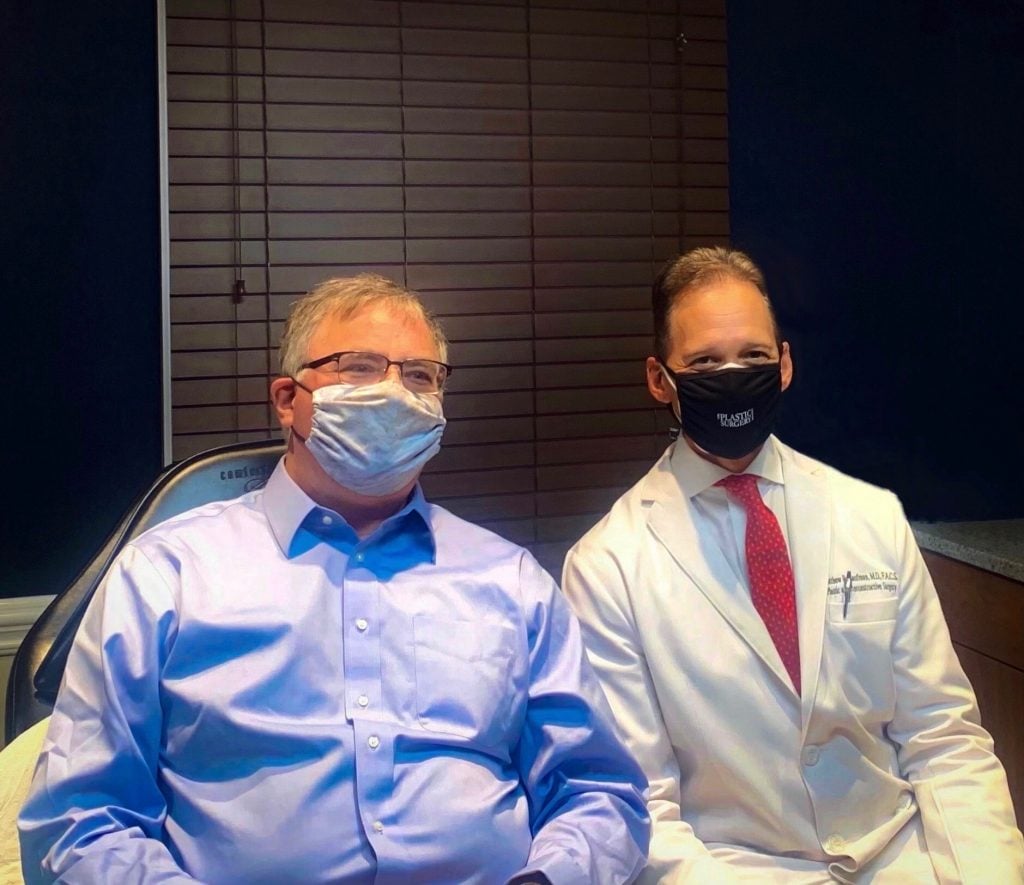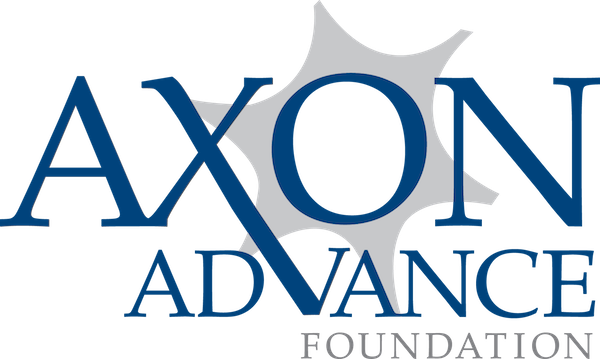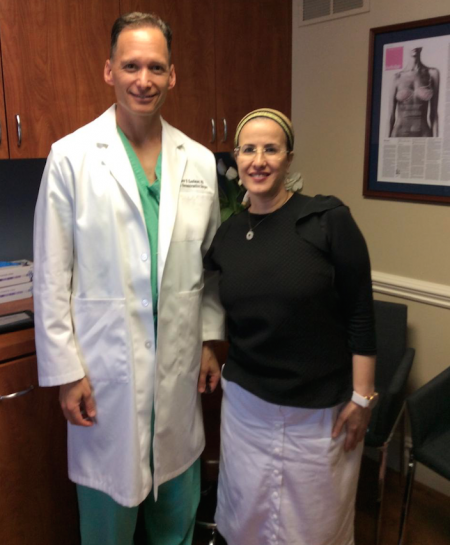Summarize This Article:
Summarize This Article:

Article originally published in the Asbury Park Press.
In 2011, Chet Conlon, 63, suffered two episodes of atrial fibrillation and was unable to bring his heart rate back to a normal rhythm through medication.
His cardiologist recommended a procedure known as cardioversion, in which electricity is used to convert cardiac arrhythmia to a normal rhythm. Conlon required two of these procedures, “but the second one seemed to work,” the retired pharmaceutical R&D specialist said.
However, although the procedure likely saved his life, it triggered some unexpected consequences.
“After the second cardioversion, I had trouble breathing, and the doctor noticed an elevation in the right side of my diaphragm,” Conlon said. “Additional tests confirmed that the right side of my diaphragm was nearly paralyzed and the conductivity of my phrenic nerve was impaired.”
“My heart had been beating at 140 beats per minute, which could have led to a stroke or worse, so the nerve damage was the lesser of two evils,” Conlon said.
Dr. Matthew Kaufman, a plastic and reconstructive surgeon at The Plastic Surgery Center and The Institute for Advanced Reconstruction in Shrewsbury, said that Conlon’s experience is not a common problem.
But as necessary as the cardioversion was, “because the phrenic nerve is in contact with portions of the heart, it’s possible it was susceptible.”
According to Kaufman, the phrenic nerve connects the brain and spinal cord to the diaphragm muscle, which is responsible for the respiratory force that the lungs rely on to inflate and take in air.
“Damage to the right or left phrenic nerve can be caused by inadvertent trauma to the neck, chest, spine, or various parts of the body from an accident, surgery, etc.,” he said.
But while modern treatment for general nerve injuries got its start in World War II, little had been done in the specialized and lesser-seen field of phrenic nerve damage until the past decade.
“We reasoned that, if other peripheral nerves outside of the spinal cord could be repaired, why not the phrenic nerve?” said Kaufman of the expertise he has become recognized for nationally since 2007 using advanced microsurgical techniques.
Kaufman is board certified in both plastic surgery and otolaryngology-head and neck surgery and was trained at The Mount Sinai Hospital in Manhattan. Kaufman has patients worldwide who have received his phrenic nerve surgery.
After using electrodiagnostic to identify Conlon’s exact “zone of injury” and provide a roadmap of the damage done, Kaufman performed a precise, two-step process to help repair the 5- to 6-centimeter portion of Conlon’s right phrenic nerve that had been affected.
“First, we applied decompression to the nerve to free it up and release it from the scar tissue — or compression — that was tethering it,” he said. “Then we bypassed the blockage in the nerve using a segment of the sural nerve in the leg by the outer ankle, which is considered a standard donor nerve because it can be sacrificed and used without much collateral damage. We connected it to a healthy nerve above and below the injured section.”
He continued: “Because nerves regenerate at the slow pace of 1 millimeter a day, a patient has to wait for the body to regenerate new axons through the nerve graft to the muscle,” he explained, a process that can take up to a year or more based on the length of the graft, its distance from the muscle, and the severity of the injury.
Since his three-hour surgery this July, “I’ve noticed improvement on a day-to-day basis in terms of the amount of physical activity I can do without shortness of breath,” said Conlon, who’s assisting his own recovery at home in Hillsborough with twice-daily workouts on a treadmill and regular breathing exercises to build up his diaphragm muscles.
“My heart is in a normal rhythm, my breathing is steadily improving, and I’m just looking forward to getting back to normal so I can enjoy my retirement years with my family,” Conlon said.



